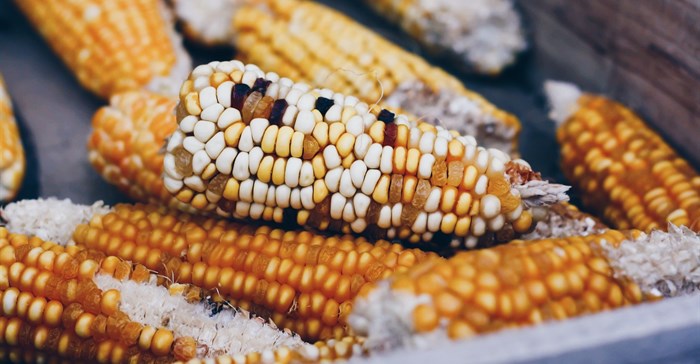
Top stories






More news


FAO also released its first forecasts for the 2018/19 marketing season, predicting a decline in global cereal output and reserves, both of which have been at or near record highs.
Early prospects for global cereal markets in the year ahead are favourable, despite a forecasted decline, according to FAO's new Cereal Supply and Demand Brief.
Global cereal crops output in 2018 is expected to fall to 2,607 million tonnes, about 1.6% below the near-record harvest of 2017.
The decline is mostly due to an anticipated contraction in maize production, especially in the United States of America. The lower wheat output is mostly associated with an expected decline in the Russian Federation after an exceptional outcome the year earlier. Meanwhile, FAO tentatively forecasts world rice production to increase by 1.3% to reach 510.6 million tonnes, setting a new record high, due primarily to expanded cultivations in Asia.
As for cereal utilisation, FAO's new forecast - both food and feed - also points to an all-time high of 2,626 million tonnes. That reflects a projected 1.0% increase in world rice utilisation, a 0.8% expansion in global wheat utilisation and a 0.4% rise in total utilisation of coarse grains, of which maize feed use is expected to increase by as much as 2.8% to a new high of 615 million tonnes. The largest year-on-year increase in the feed use of maize is envisaged in China and South America.
As a result, FAO expects world cereal stocks at the close of seasons ending in 2019 to decline by 2.7% and the world cereal stocks-to-use ratio to drop to 27.2%, down from its 16-year high level of 28.8% in 2017/18 but well above the historical low of 20.4% registered in 2007/08.
FAO's first forecast of international trade in cereals in the year ahead is pegged at 406 million tonnes, implying a mere 0.6% decline from the all-time high anticipated for the current season.
The FAO Cereal Price Index rose 1.7% in April, its fourth consecutive monthly increase, and is now 15.4% above its value a year earlier. Wheat prices were supported by weather-related risks in the United States, while drought-reduced production in Argentina and lower plantings in the US pushed up international maize prices. Rice prices also rose.
The FAO Dairy Price Index rose 3.4% from March, reflecting robust demand for all milk products and apprehensions about export availabilities in New Zealand.
Declines were posted in April on the three other sub-indices. The FAO Vegetable Oil Price Index declined by 1.4% since March, while the FAO Meat Price Index fell 0.9%.
The FAO Sugar Price Index fell 4.8% in April from the previous month, continuing a decline that began last December and averaging 24% lower than April 2017. Lower prices reflected a supply glut buoyed by record outputs in Thailand and in India, the world's second-largest sugar producer, as well as the depreciation of the Real, the currency of Brazil, the world's largest producer.